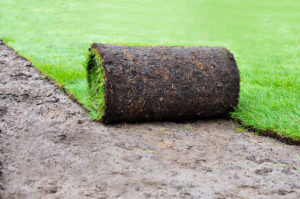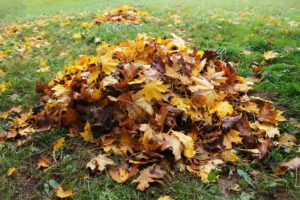The grass doesn’t always have to be greener on the other side, especially when seeding and sodding can help you to have the lushest yard on the block. The question is, which option is better for your Milwaukee property?
Using sod refers to transplanting turf that is already mature, essentially rolling it out as you would a rug. Meanwhile, using seed involves planting seeds to grow new grass. Neither method is necessarily right or wrong, as they both have their unique advantages and disadvantages.
So, which option will get you on track to having your dream yard? Here’s a rundown of the differences between sodding and seeding. That way you can determine which one is best for you.
Let’s Talk Money
If cost is one of the biggest factors in your choice of seed versus sod, you’re in good company. Here’s a look at what to expect on the financial front with these options.
Seed
For the budget-conscious, seeding is your best bet. Even the highest-quality seed mix costs less than a sod product does, so seed wins hands down.
Sod
 Without a doubt, using sod is a costlier option when compared with using grass seed. Why? Because you’re basically paying somebody else for the materials and time required to grow your new, ready-to-roll-out turf.
Without a doubt, using sod is a costlier option when compared with using grass seed. Why? Because you’re basically paying somebody else for the materials and time required to grow your new, ready-to-roll-out turf.
However, using sod is clearly much more convenient than using seed is. So, if cost isn’t as important, sod is the best choice.
Sodding vs. Seeding Quality
The quantity of money you’re spending isn’t the only important factor when deciding to seed or sod. Here’s a glimpse of what you’ll get with both options in the way of quality.
Seed
Establishing a lawn that is dense may take longer with seed. But over time, you may experience a bit more quality with seed than you would with sod. Here’s why:
A wide range of grass varieties and types are available for the choosing, so you can easily find one that grows well in the Milwaukee area. These include the following:
- Perennial ryegrass
- Fine fescue
- Kentucky bluegrass
Also, you’ll likely have a healthier lawn in the next few years due to having a strong root system from the start. On top of that, your grass will sprout in the exact same environment where it will live long term, so you don’t have to worry about transplant sensitivities and issues.
Still, getting seed to grow can be a muddy and frustrating process at first. In other words, it’s not a bed of roses.
Sod
Sod might look as though it is free of weeds. However, this is not always the case. Other things to know about sod include:
- Sod can be an excellent choice in areas where seed would have a hard time surviving, such as in areas that are erosion-prone or sloped.
- You don’t have as many grass-type choices with sod as you do with seed.
- Sod is not very shade tolerant.
- The fact that you don’t have as much mud or dust with sodding as you do with seeding may make it your first choice.
How We Can Help
We offer a number of landscaping services, including both seeding and sodding. Warning: We can’t guarantee we won’t leave your next-door neighbor green with envy after seeing the results of our work!
Contact us to find out more about how we can transform your Milwaukee lawn into the envy of the neighborhood with our top-of-the-line lawn care services.












